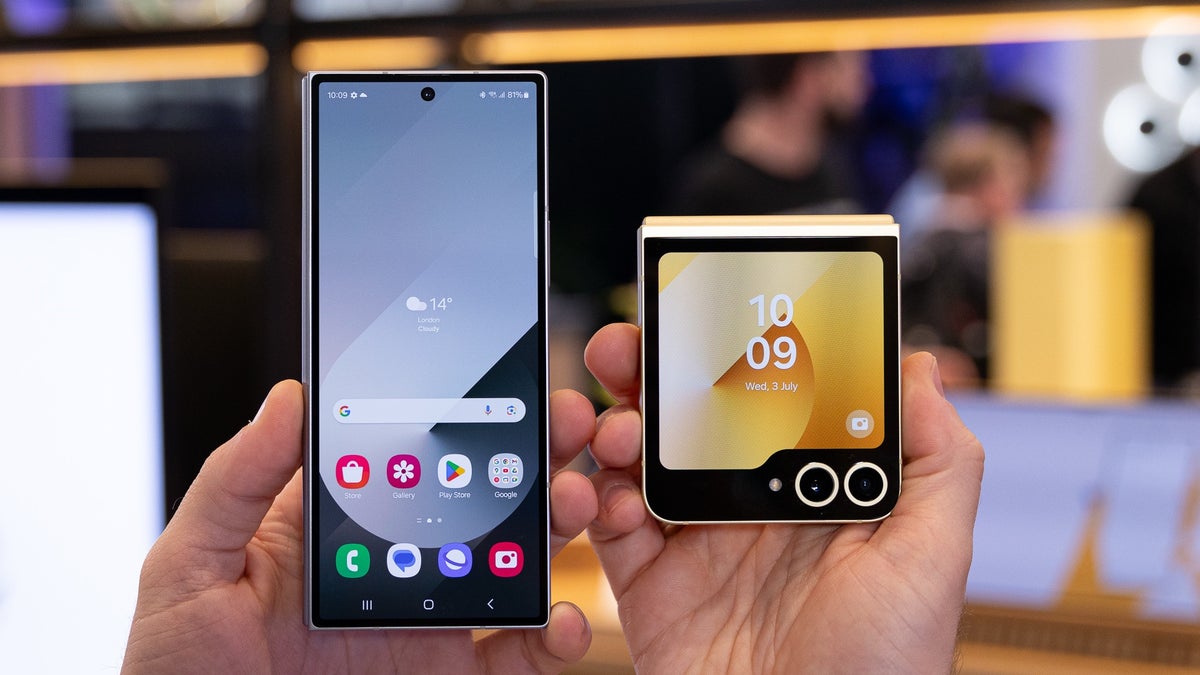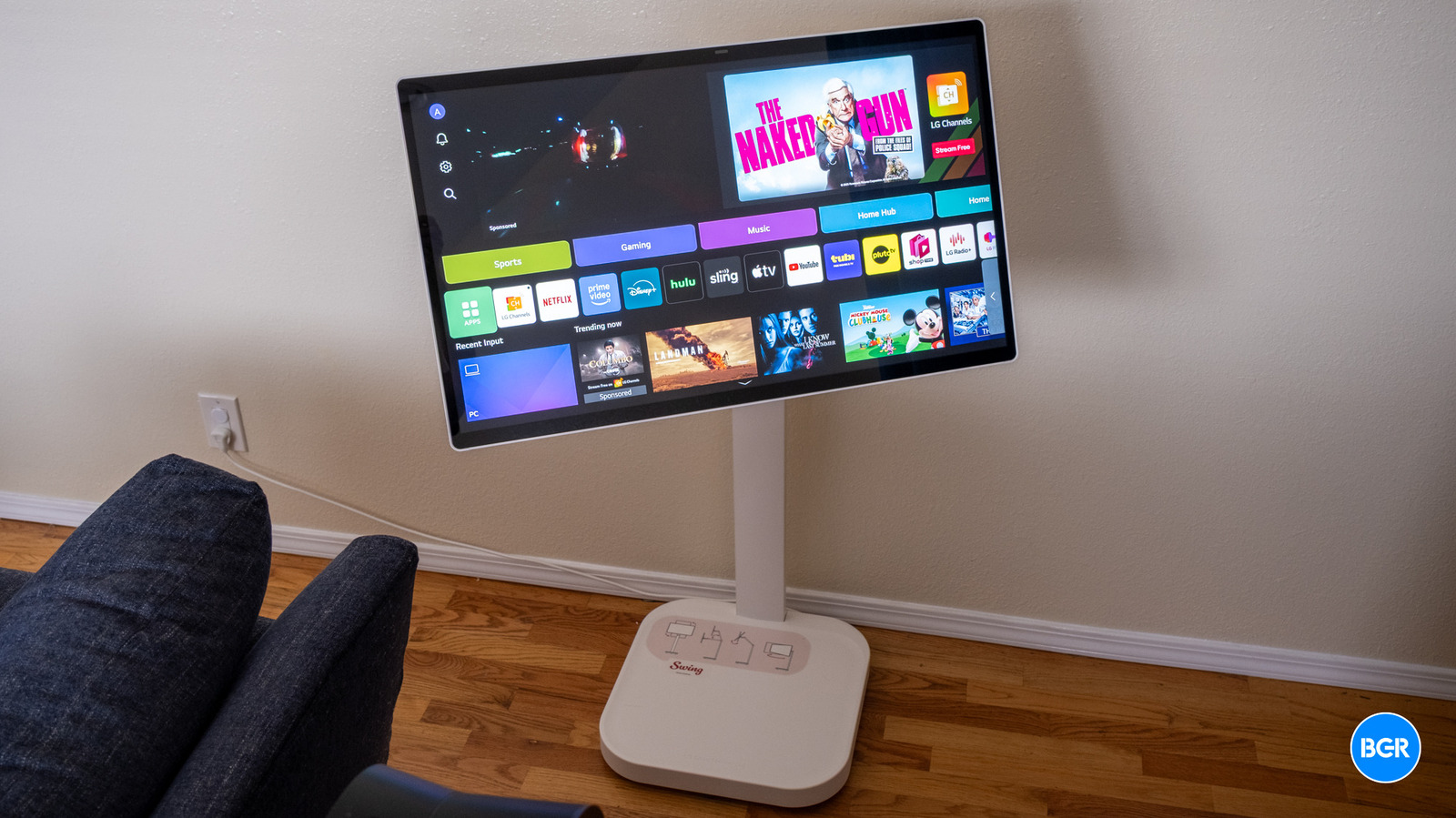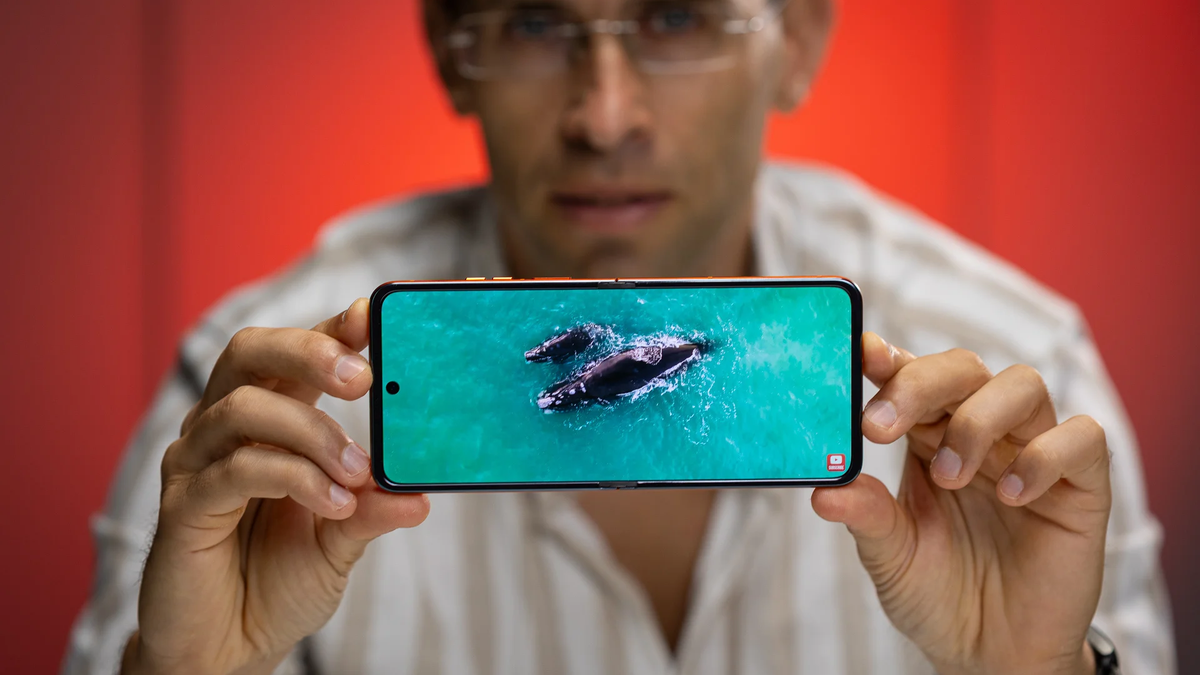According to a report from a Korean outlet, Samsung is preparing to adopt a new stainless steel-based battery component called “SUS CAN.” This isn’t the much-praised silicon-carbon battery tech that’s made waves in recent flagship releases, but it’s still a notable improvement. SUS CAN tech, developed by Samsung SDI, promises increased energy density and faster charging speeds, while also addressing a common pain point: battery swelling after prolonged use.
While this might sound like a modest upgrade, the shift could still bring tangible benefits to future Galaxy phones, especially when it comes to longevity and charging performance. Apple is already using this type of battery tech in the iPhone 16 Pro Max, so Samsung is arguably playing catch-up here.
Korean media reports that Samsung plans to adopt a new technology in its next-generation model that could significantly increase battery capacity.
According to the report, the technology involves a stainless steel material being developed by Samsung SDI, commonly referred to in…
— Jukanlosreve (@Jukanlosreve) May 15, 2025
What many were really hoping for, though, was the arrival of silicon-carbon batteries. This advanced tech has already shown up in devices like the OnePlus 13T, which packs over 6,200 mAh into a surprisingly slim body. Similarly, the Oppo Find N5 uses silicon-carbon to power thin foldables with massive battery capacities. In contrast, Samsung’s latest models — including the recently launched Galaxy S25 Edge — continue to rely on traditional lithium-ion batteries, often resulting in smaller capacities and slower improvements across generations.The choice to go with SUS CAN over silicon-carbon, at least for now, suggests Samsung is opting for an incremental step rather than a leap forward. Still, any boost to battery performance would be welcome news, especially for users of foldables and power users frustrated by short runtimes.
There’s no timeline yet for when SUS CAN batteries will start appearing in Galaxy smartphones, but with development reportedly underway, we could see the tech arrive in the company’s next flagship cycle. It may even arrive in time for the Galaxy Z Fold 7 or Galaxy S26 series.
Until then, Samsung fans may have to keep waiting for that dream combination of big battery, fast charging, and compact size. However, there is at least progress on the horizon, a justification that I don’t particularly enjoy having to bring up this late in the game.









